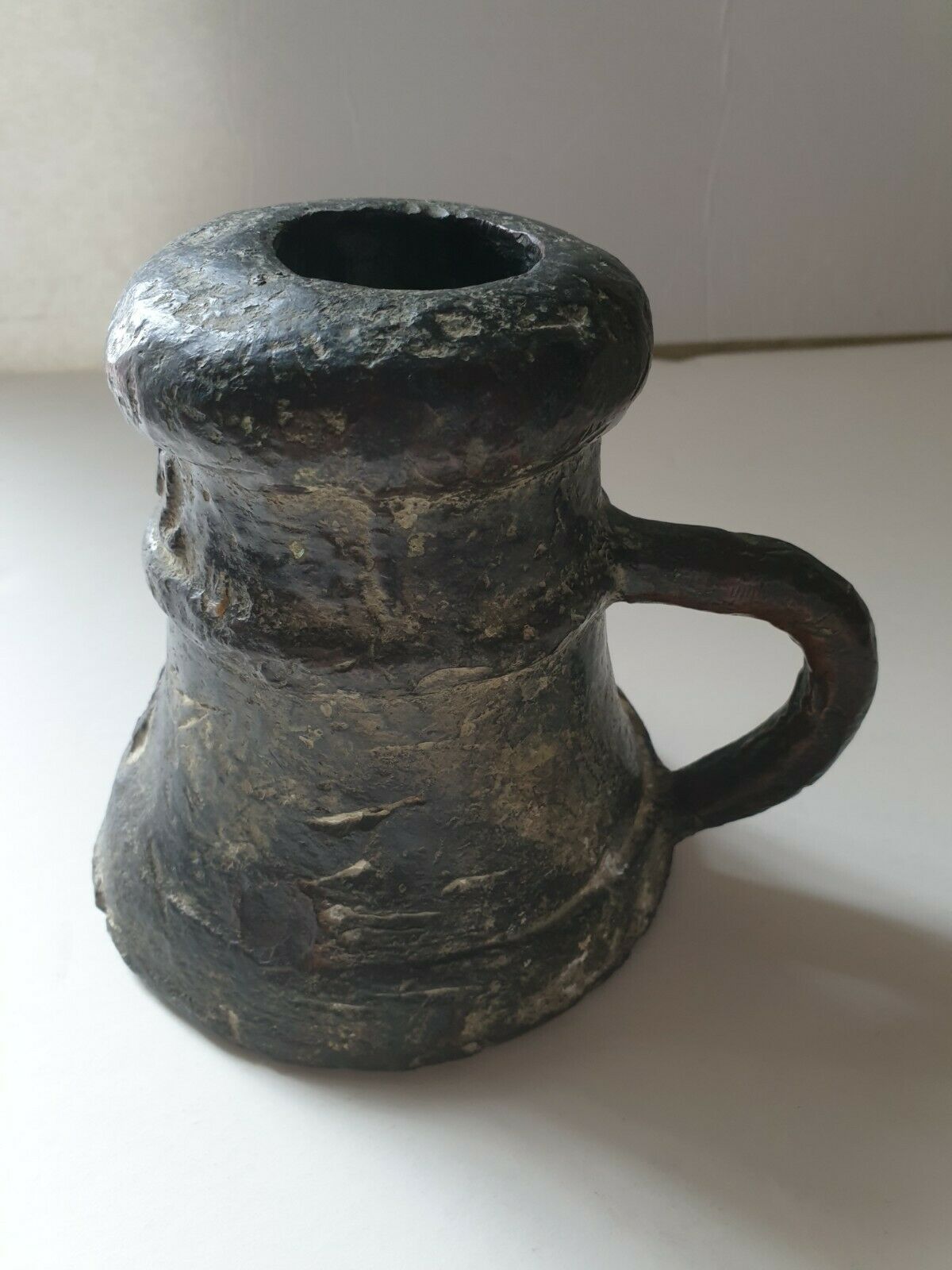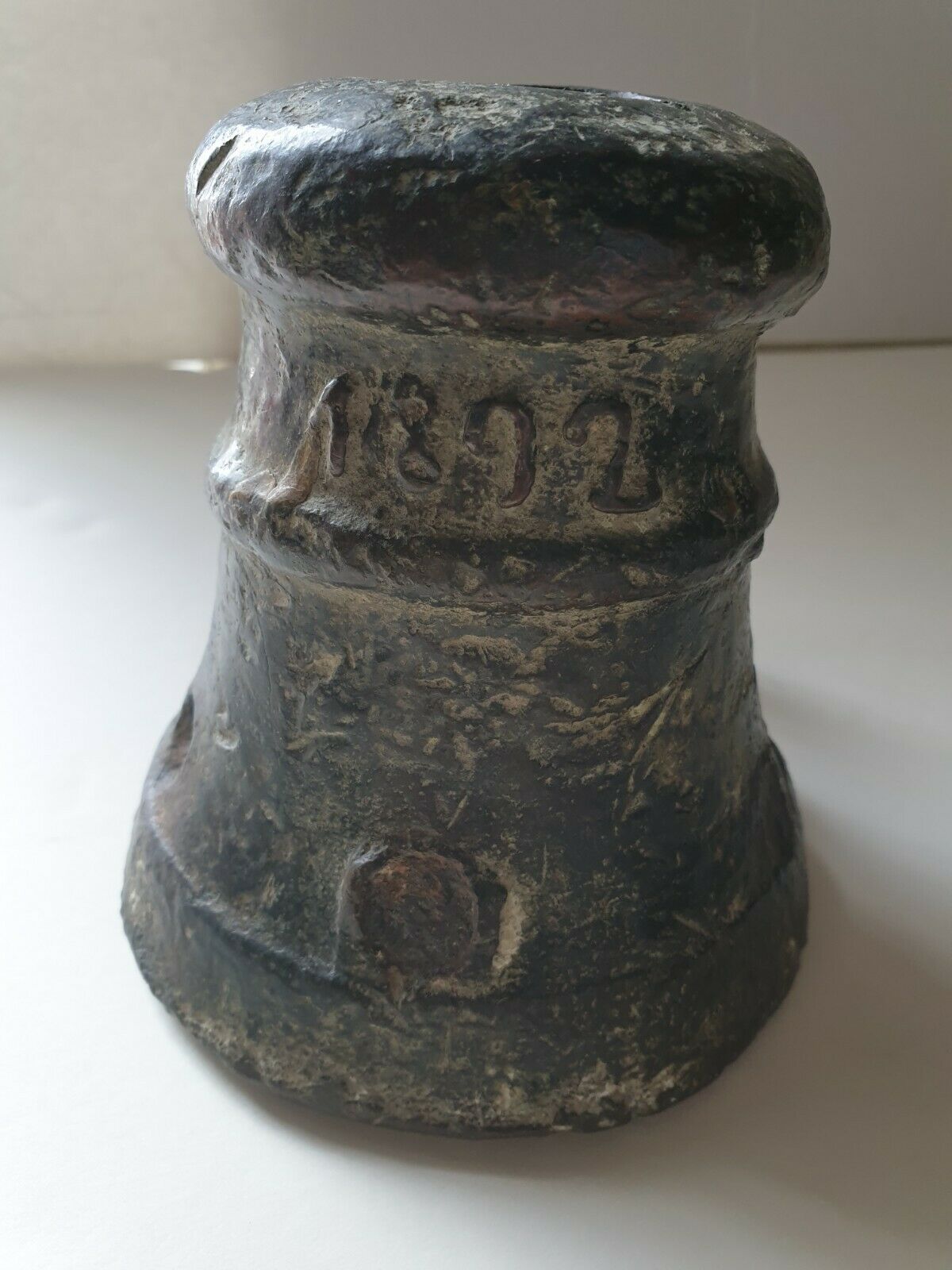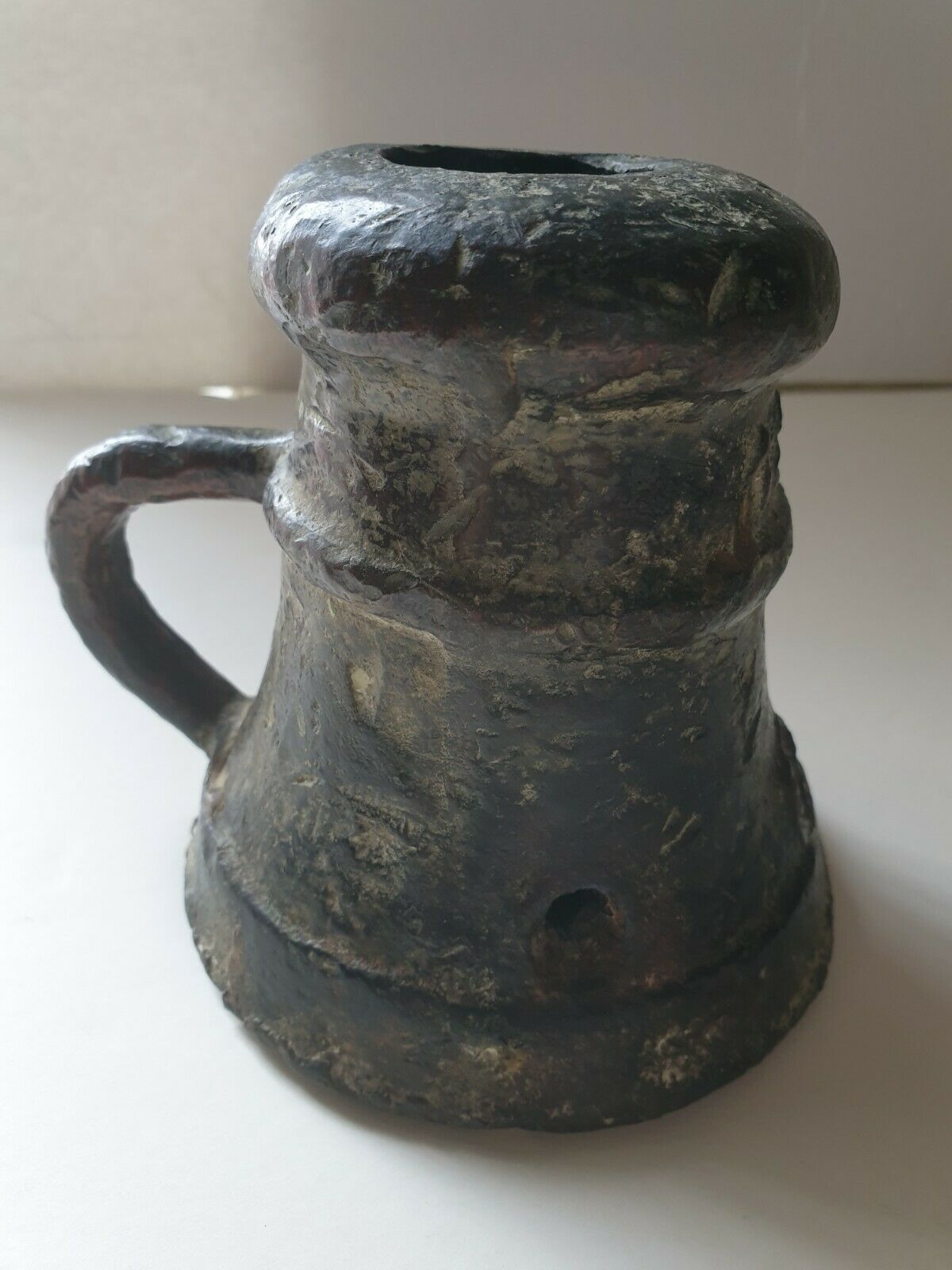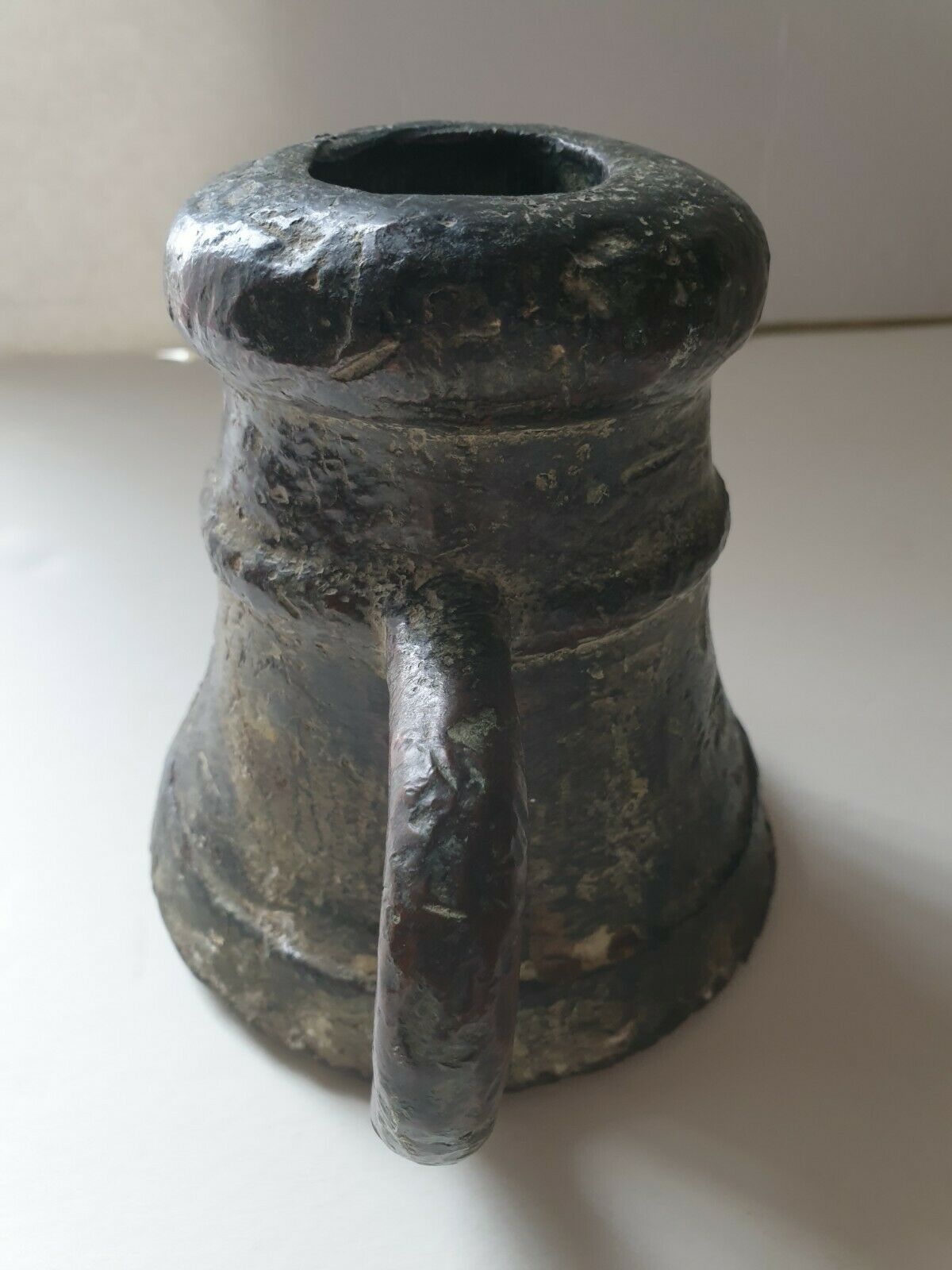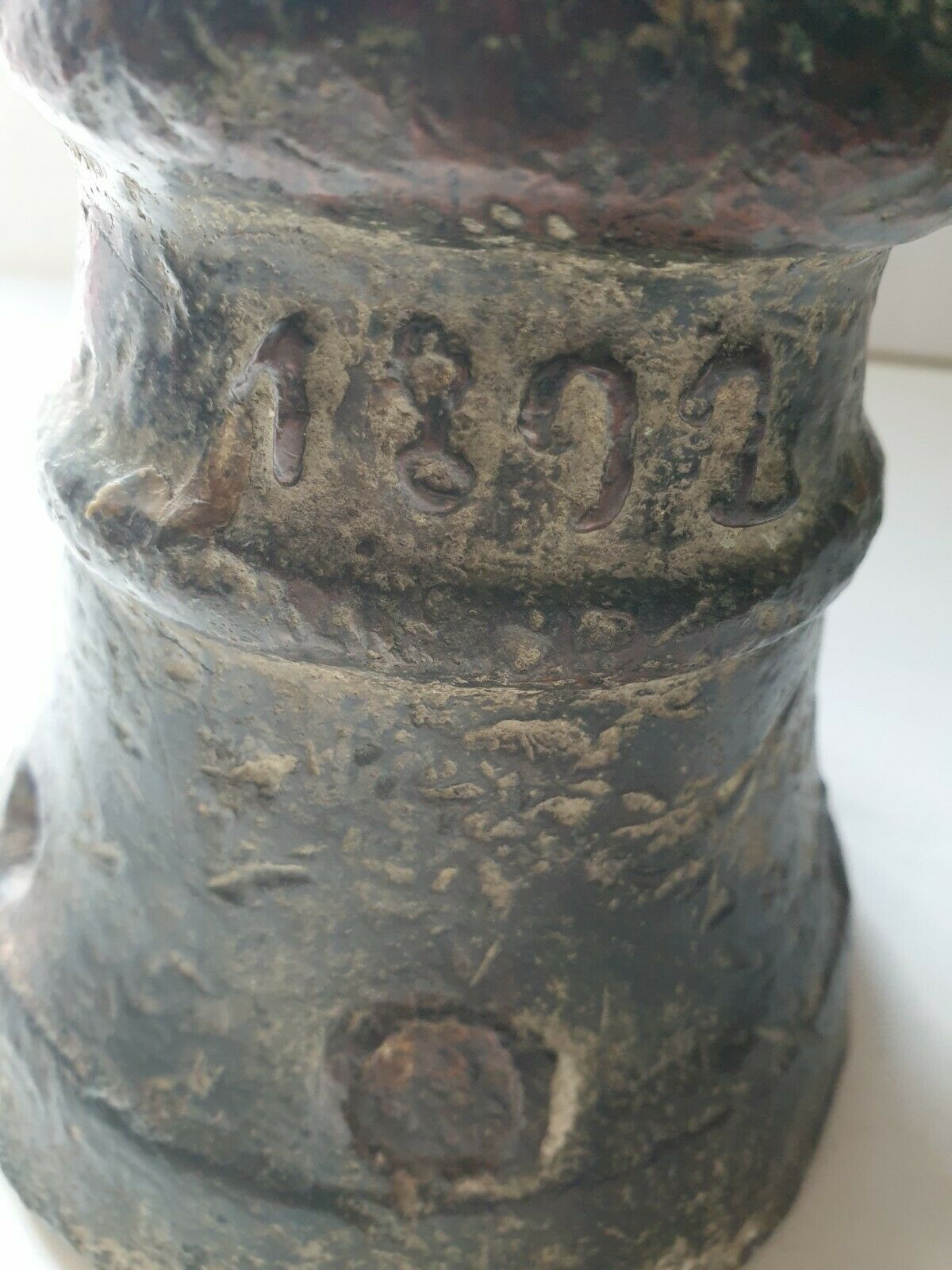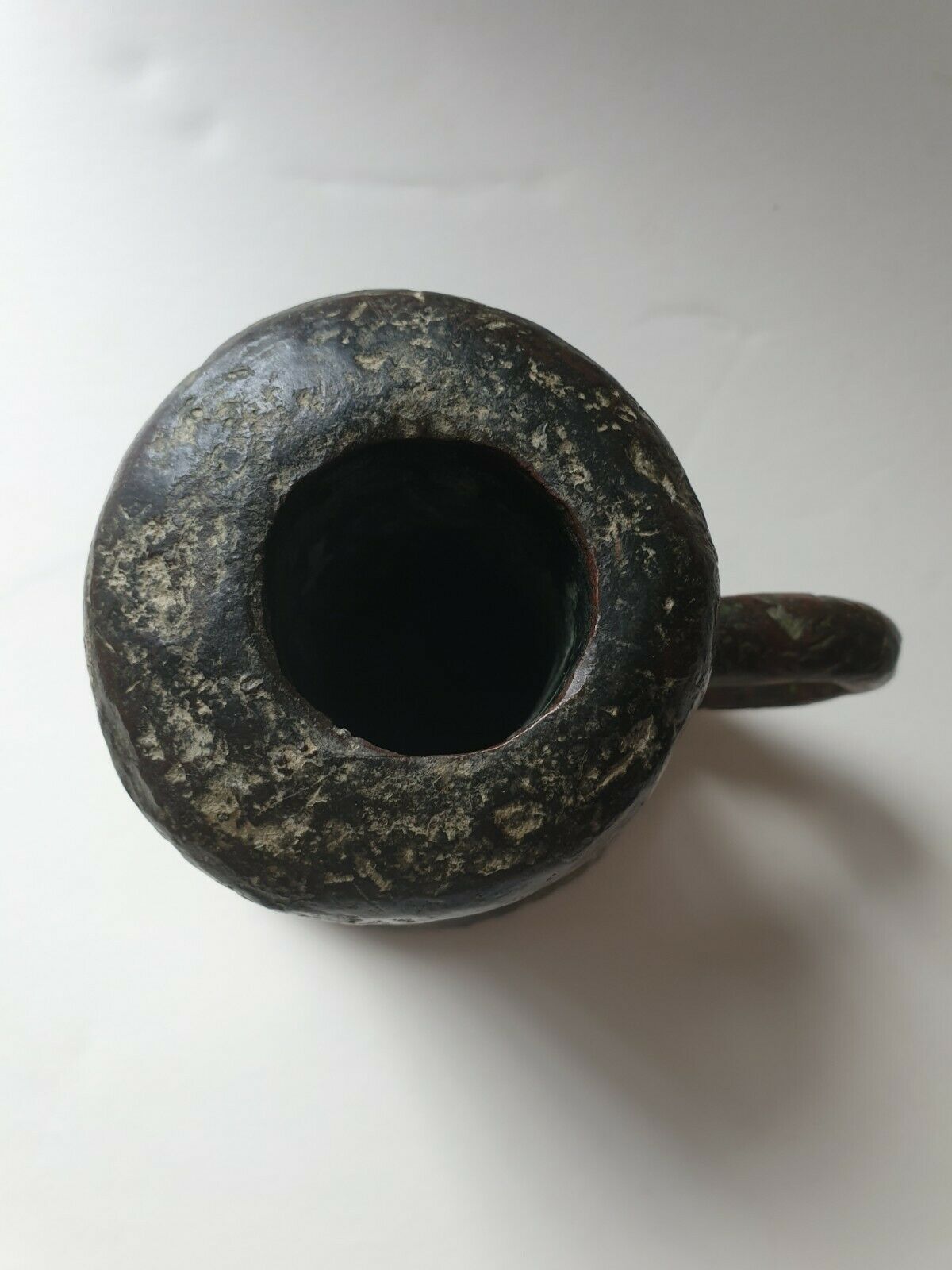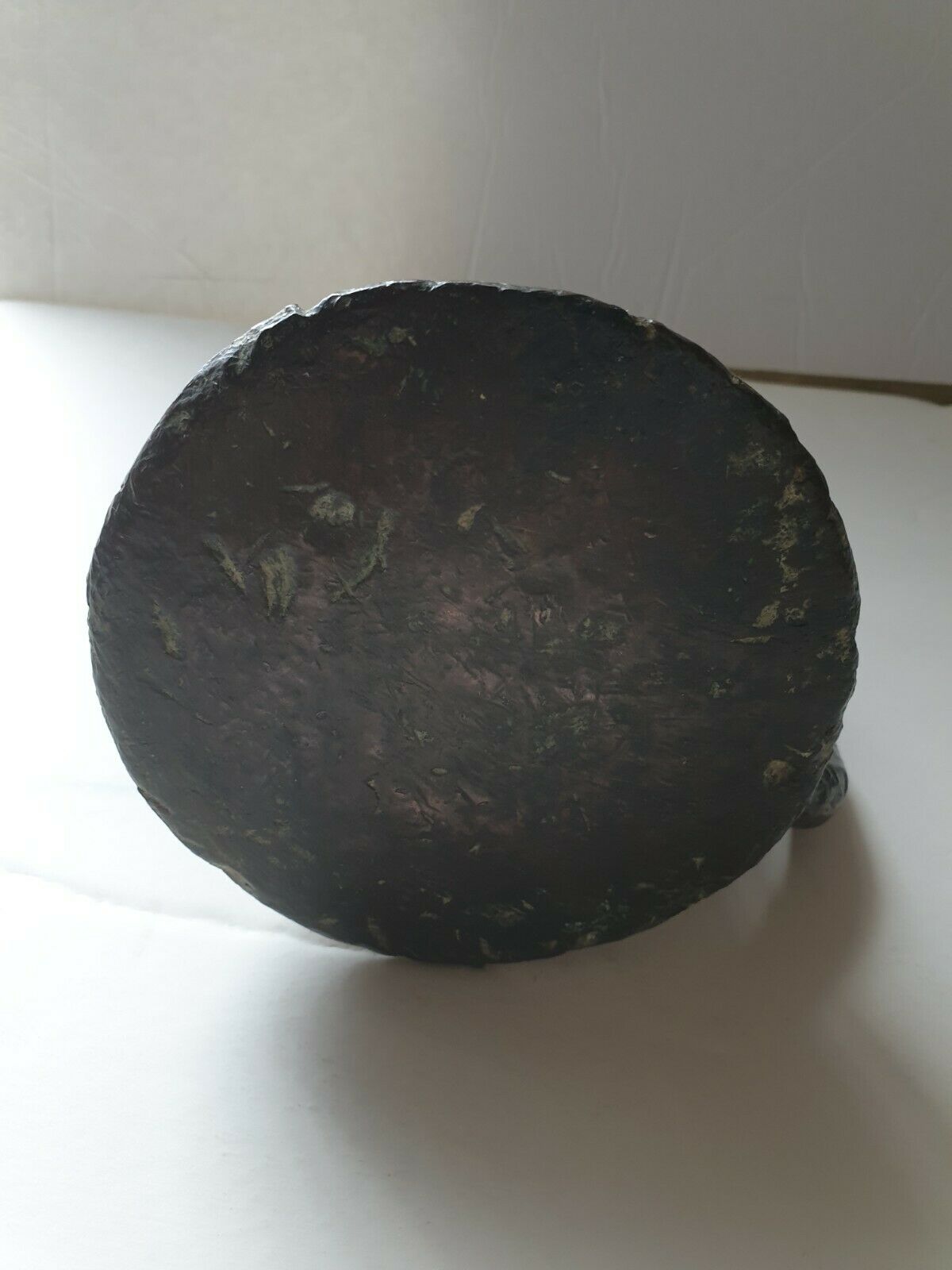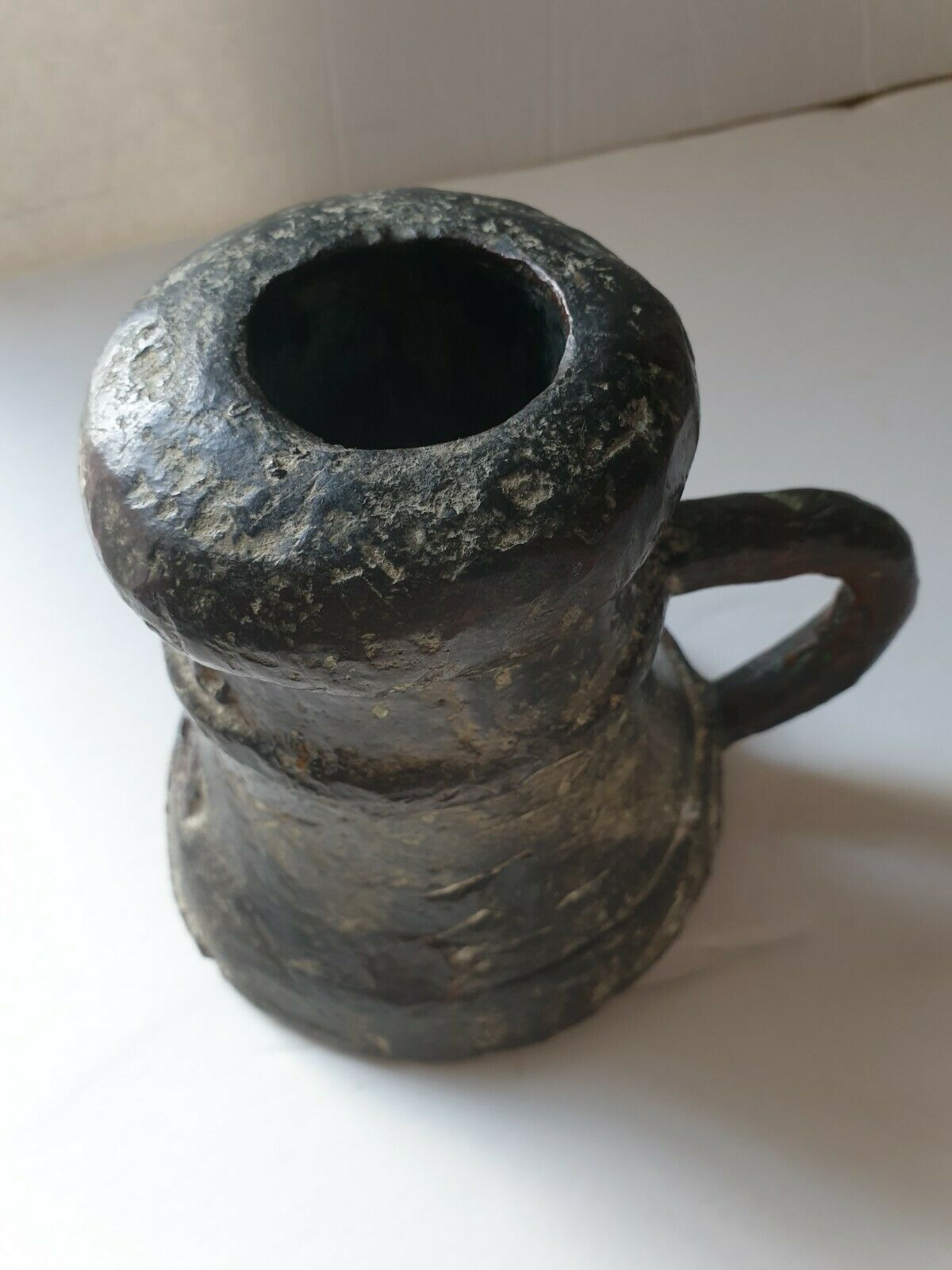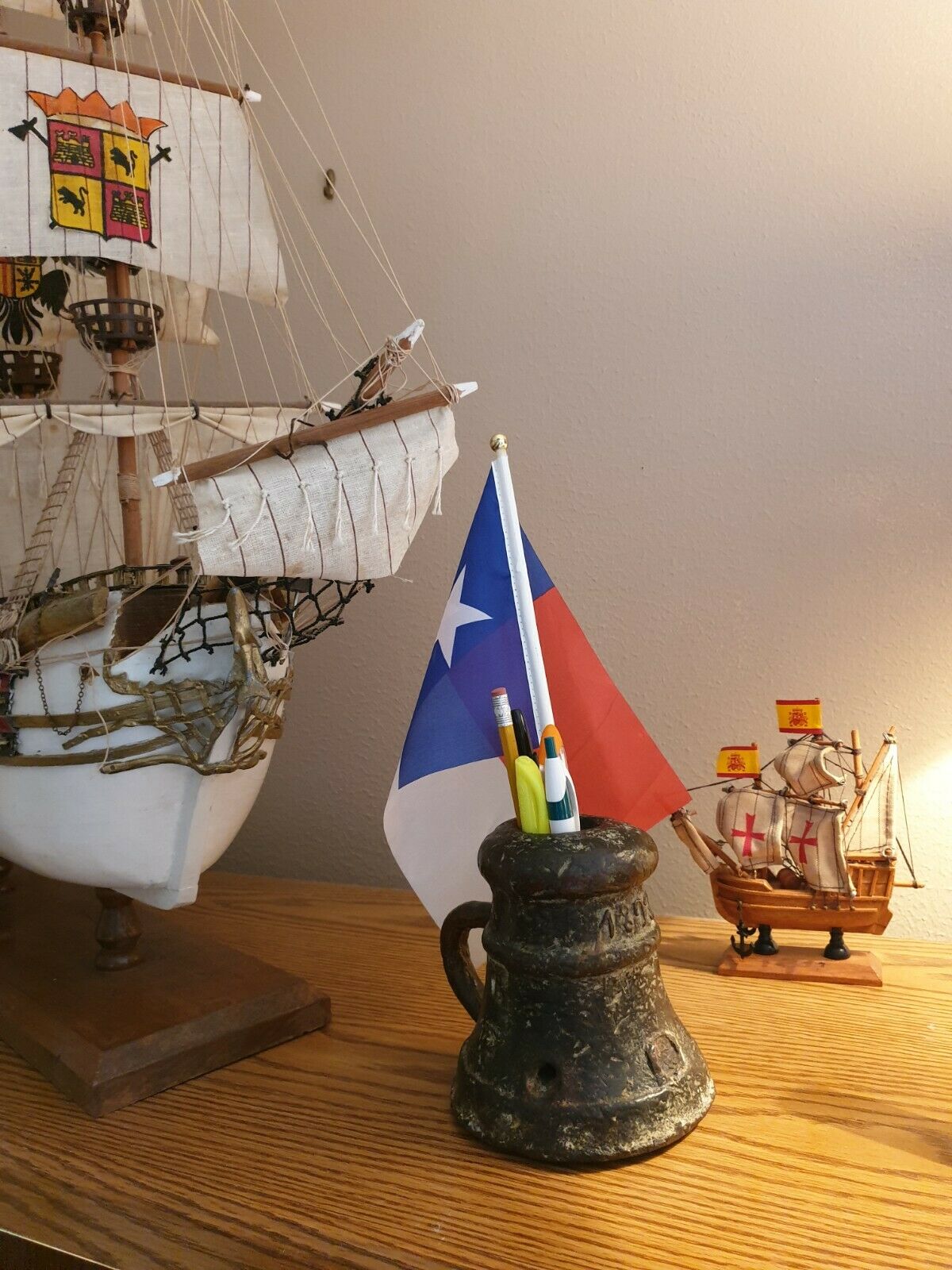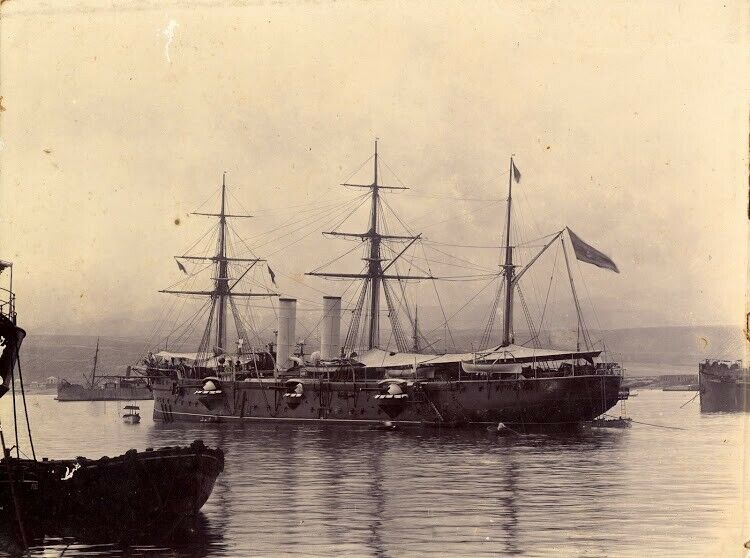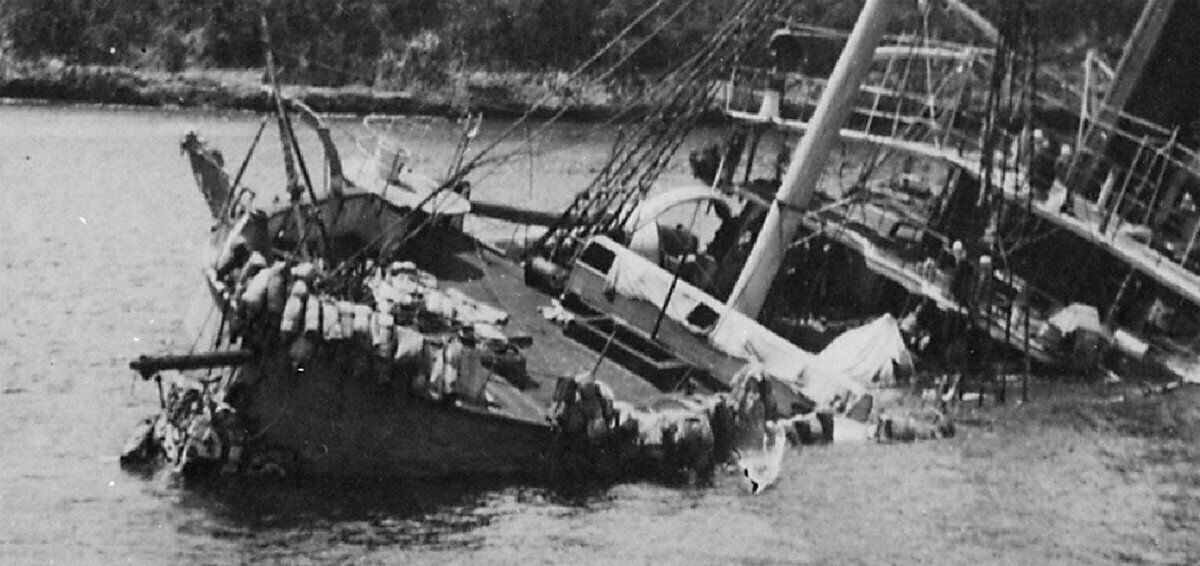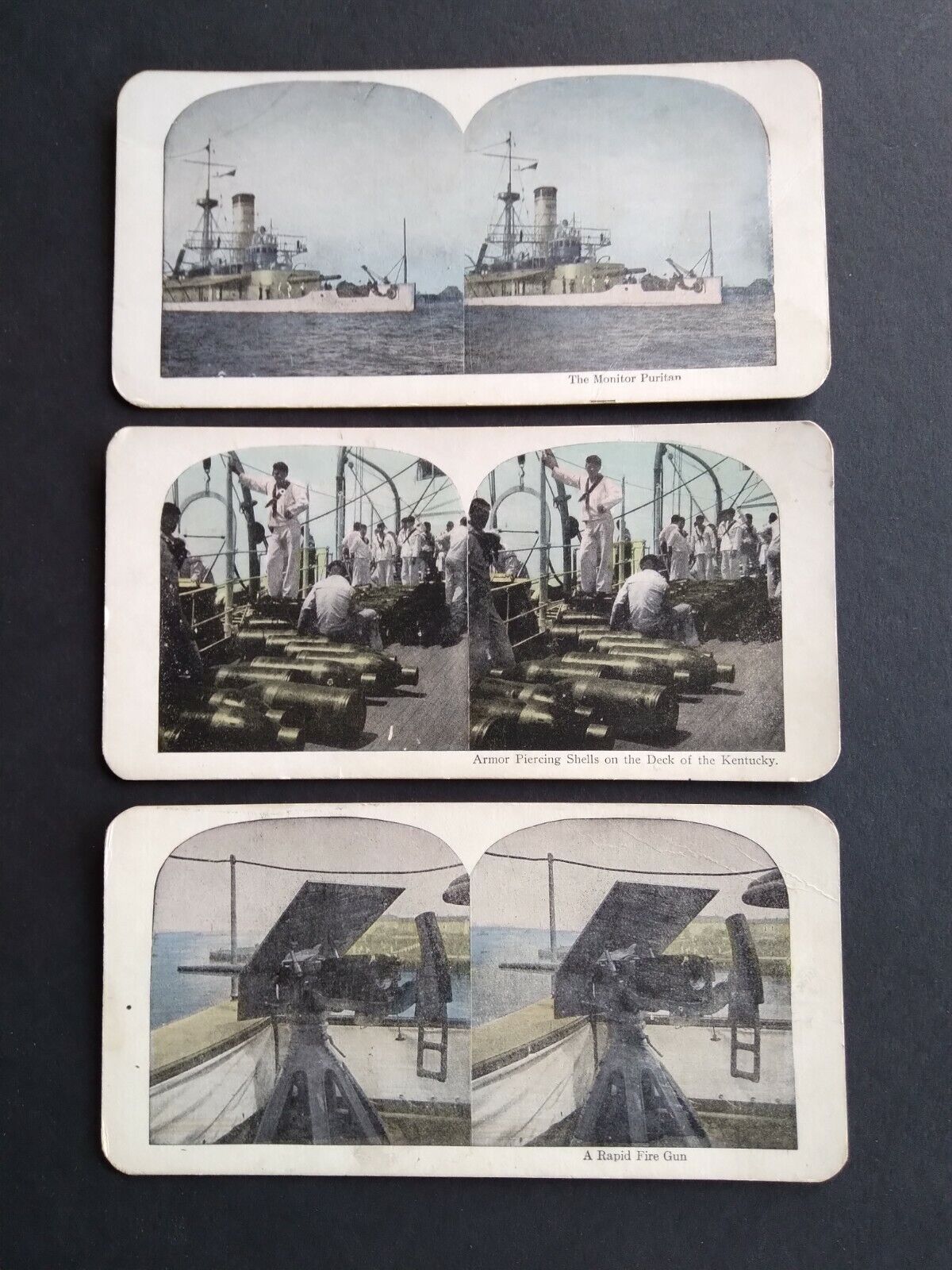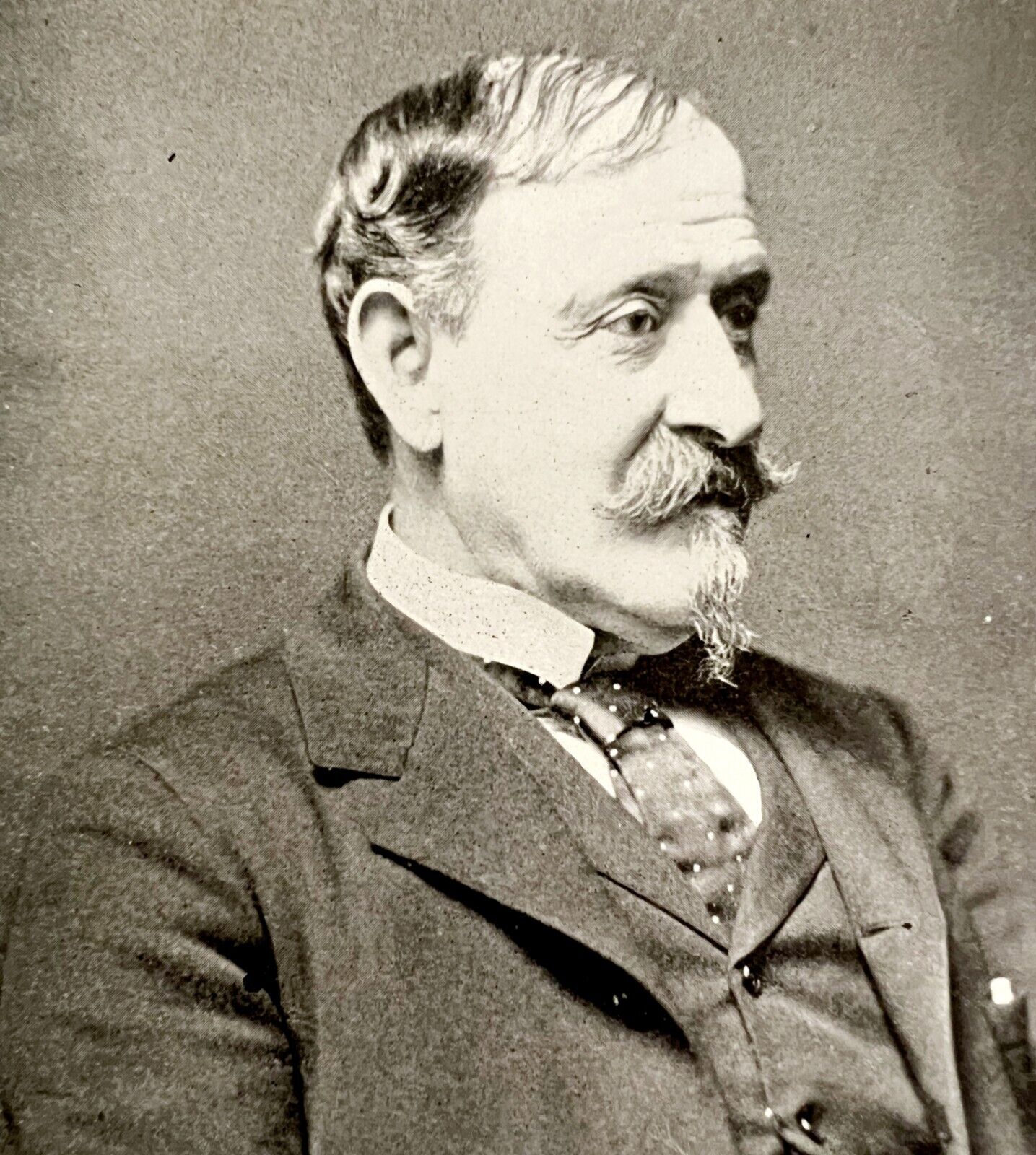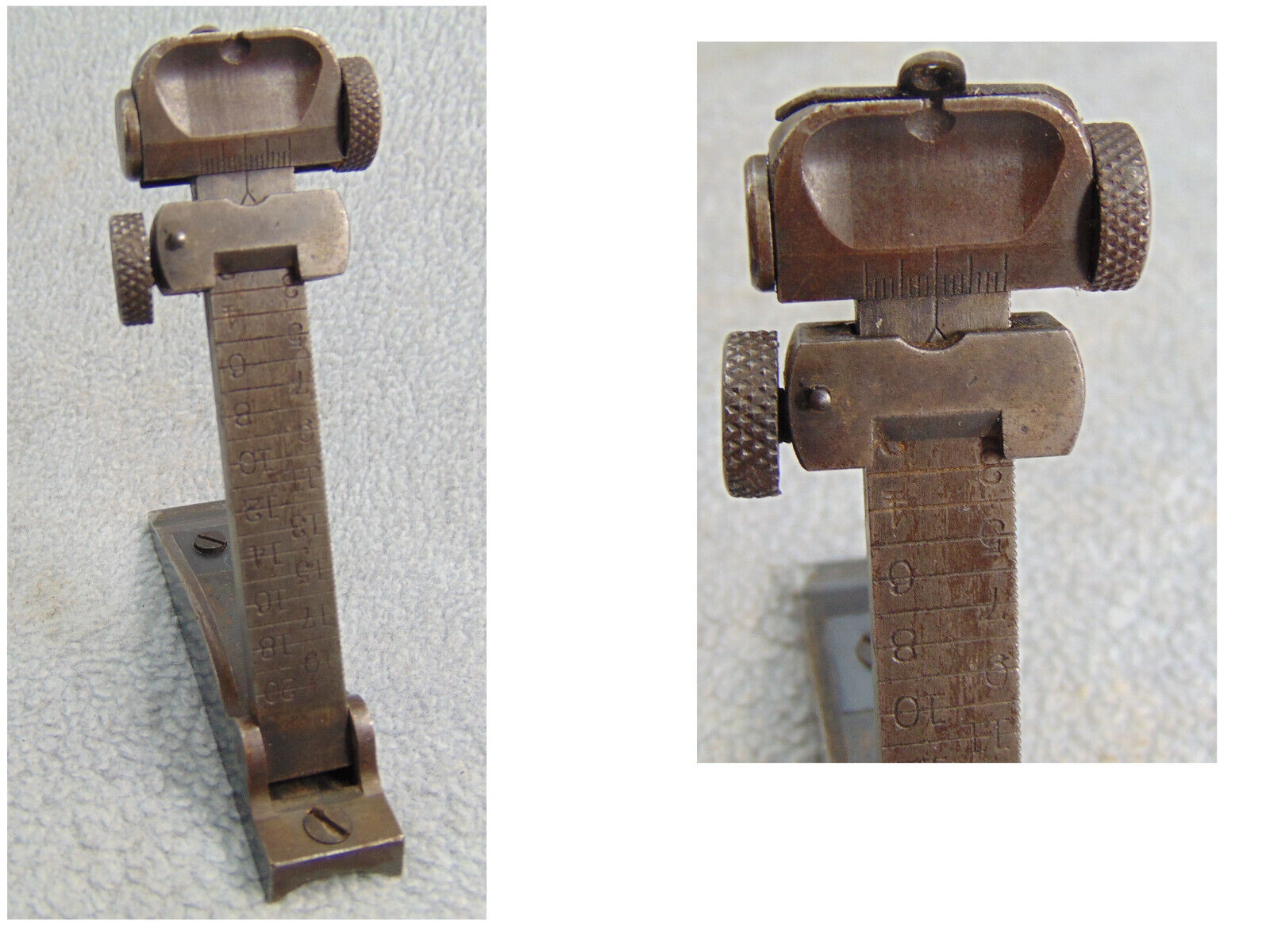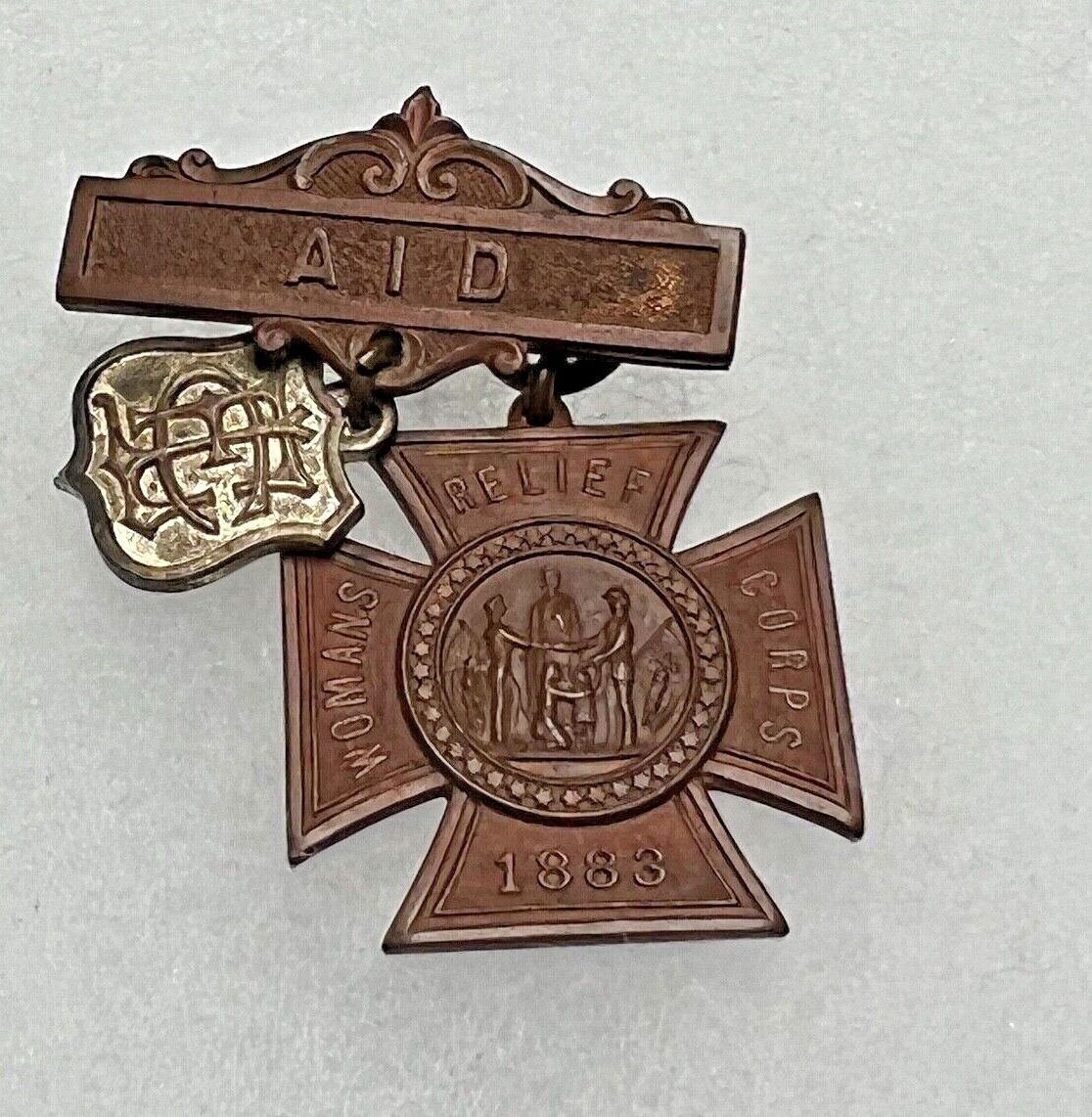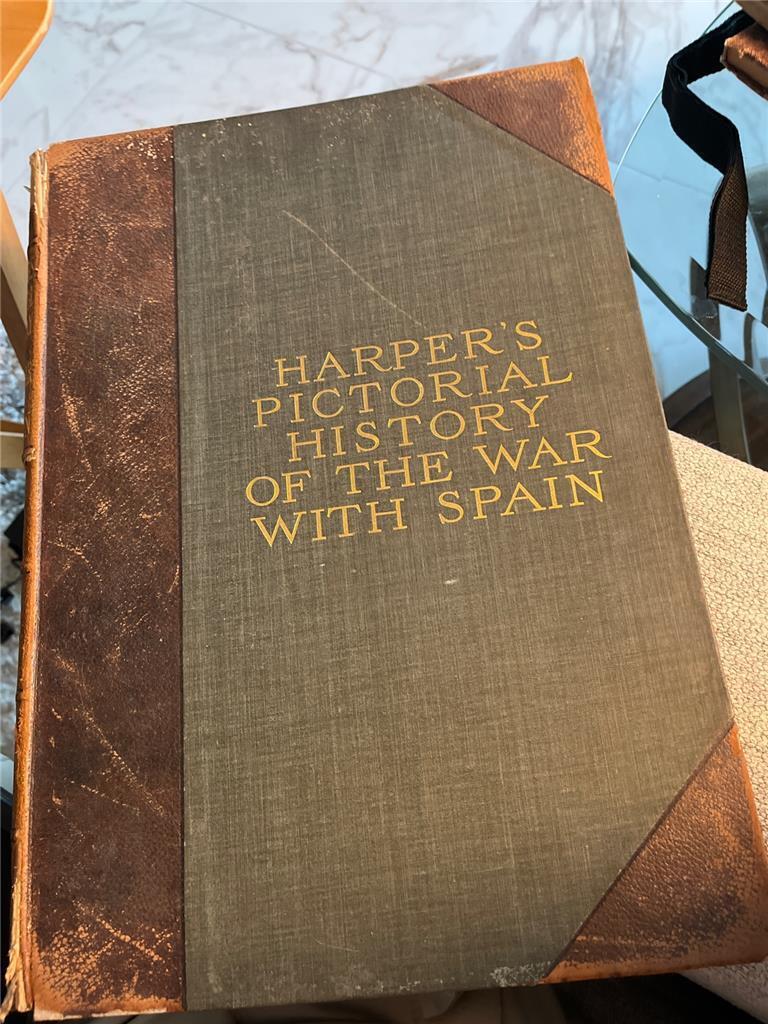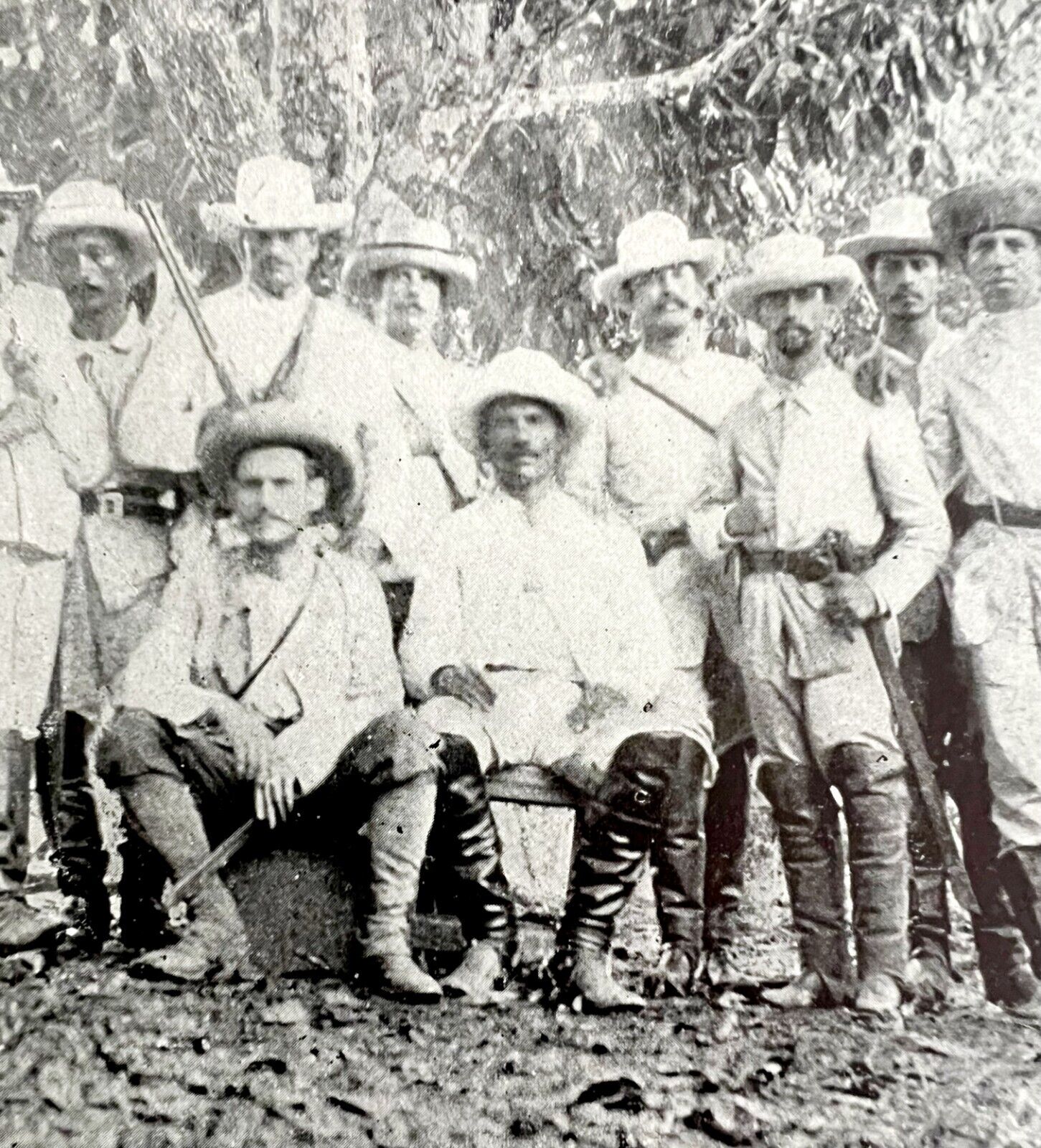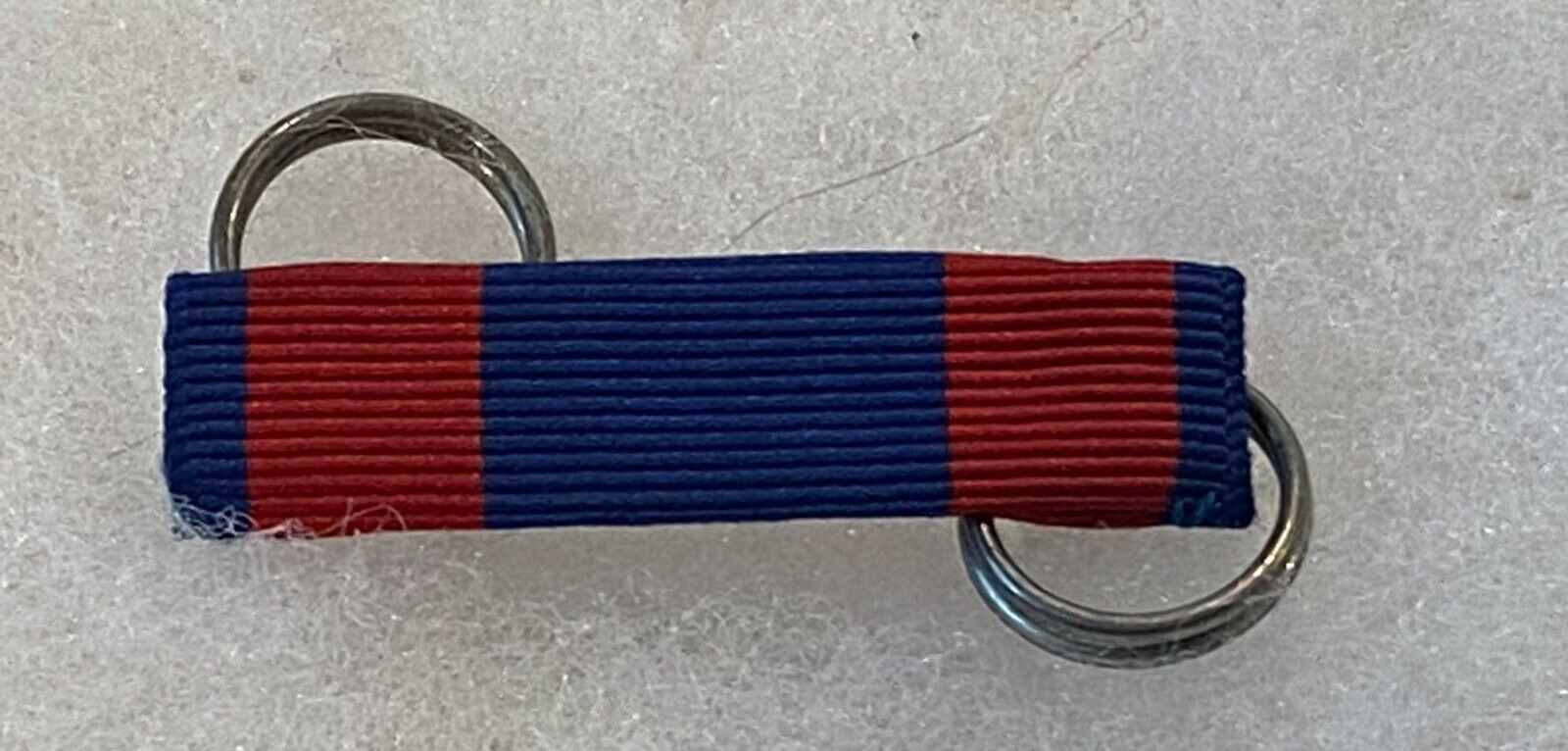-40%
SPANISH-AMERICAN NAVAL BRONZE THUNDER MUG FROM BATTLESHIP “REINA MERCEDES 1892”
$ 1320
- Description
- Size Guide
Description
SPANISH - AMERICAN WAR 1898, NAVAL BRONZE THUNDER MUG FROM THE SPANISH BATTLESHIP “REINA MERCEDES 1892”This Spanish Thunder Mug Bronze (Bombarda) Cannon was salvaged and rescued from the Spanish naval ship Reina Mercedes 1892 during the Battle of Santiago de Cuba 1898 by Lt. Jose M. Ramirez, the brother in law of Lt. Col. Juan Puñet, the Spanish hero of El Viso, El Caney in the San Juan Hill battle before the final battle for the city of Santiago de Cuba. Some of their personal weapons and military artifacts from this war was kept and storage at his family sugar cane plantation in Palma Soriano near Santiago de Cuba till 1901 when the family moved from Cuba to Veracruz, Mexico, then in 1924 after the Mexican Revolution the family relocated to San Antonio, Texas.
The Reina Mercedes 1892 was an unprotected Spanish cruiser that remained active in the Spanish Navy from 1892 to 1898, and later, in the United States Navy as a lodging ship until 1957. It received its name in honor of the first consort of King Alfonso XII, Queen Maria de las Mercedes de Orleans.
The Reina Mercedes 1892 was launched in September 1887. With a main armament consisting of six González-Hontoria 160 mm guns, mounted laterally, and five fixed 356 mm torpedo tubes.
In 1893 he was stationed in Santiago de Cuba as a member of the training squad, where he initially served, and in 1895, he was designated as the flagship of the Spanish naval forces in Cuba.
In 1898, although it was integrated into the Spanish fleet, it was destined as a permanent defense at the entrance to the bay of Santiago de Cuba. It was decided that four of its 160mm Gonzales-Hontoria cannons were removed and be placed on land to help in the defense of Santiago de Cuba and that it would sink in the entrance of the channel to avoid capture and improve the port defenses by preventing the entry of US ships.
Once the military actions against the bay of Santiago de Cuba began, the Americans drew up plans to block the Spanish ships while waiting for a favorable outcome in the land combat, which would allow them to capture the entire Spanish fleet intact . During the blockade, Reina Mercedes 1892 exchanged blows with the American blockers. On June 3, 1898, the United States Navy attempted to trap Spanish ships in port by sinking the miner USS Merrimac in the entrance channel. The Spanish coastal batteries disabled Merrimac, and she glided down the channel towards the anchored Spanish warships; The Reina Mercedes 1892, the armored cruiser Vizcaya and the destroyer Pluton also opened fire on Merrimac, and the miner soon sank in a position that did not block the channel. Reina Mercedes 1892 shipped the eight Americans who had been aboard the Merrimac as prisoners of war.
On July 4, 1898, Reina Mercedes 1892, already without most of her weapons, slipped her moorings and headed for the channel. Just before midnight, the battleship USS Massachusetts spotted her and, along with the battleship USS Texas,
opened fire. Although Reina Mercedes 1892 received many hits, her sinking team maintained its course till it was sunk to block access to the channel to prevent the entry of the squadron of U.S. Admiral Sampson.
The Reina Mercedes 1892 was captured by the U.S. Navy on July 17 when the defenders of Santiago de Cuba surrendered, after which it was refloated by the United States Navy between January 2 and March 1, 1899 and towed to the Naval Shipyard. from Norfolk (Virginia), and then to the Portsmouth Naval Shipyard, in Kittery (Maine) where it arrived on August 25, 1900, for repair. It was transformed into a pontoon, without propulsion, and in 1905 it was destined for Newport (Rhode Island). In 1912 it returned to the Norfolk Naval Shipyards, for its transformation into a stationary accommodation ship, destined for Annapolis, where it served as a cadet accommodation ship with the designation IX-25.
He returned to fly the Spanish flag in 1920 in a gesture of friendship during the visit of the battleship Alfonso XIII to Annapolis.
Most naval vessels of this period of time carried these Thunder Mugs cannons as a signaling device to warn oncoming ships that they were in the area. This was specifically the case during heavy thick fog. They used these to notify other ships and port defense fortress in the harbors before the entrance into port.
Frequently when a ship was engaged in
battle and the opposing ship was about to take over all men on board were told to make any large weapons, boilers, engine rooms, ammunition depos or any other items inoperable or not usable to the opposing enemy by using this Thunder Mugs cannons.
Condition;
The 1892 initials marking is very visible, some other emblems and initials markings are visible but very hard to identify or make out;
Two flint holes where the flint was lite on the bottom side in this cannon are plugged up except for the last one that still is open and operable.
Very heavy and sturdy piece with wide base, narrow (1.3/8") bore, D-shaped handle on the side, patinated bronze color all over with signs of age and definitely historical battle scars. My grandfather used it as pens and pencils holder and during special events or holidays as a flag stand for larger flags.
Thunder Mug Cannon Details
Height = 5 inches (12.8 cm)
Bore Diameter = 1.3/8 inches (3.31 cm)
Muzzle/Top Diameter = 3. 1/8 inches (8.3 cm)
Breech/Base Diameter = 4.3/4 inches (11.2 cm)
Total Cannon Weight = Approx. 11.3 lbs. (5.13 kilograms)
This cannon weighs 11.3 pounds, therefore the cost of postage is rather expensive.
This Spanish Thunder Mug comes with a Notarized Statement of Facts, signed by my Grandmother and a full complete written detail about this cannon by Ret. Lt. Col. William Orbello, U.S. Army, Military Historian.
I guarantee the authenticity of all my listed items to be as represented.
All these
items have been in my family for many years and the described history of all the items has been passed down from my parents, grandparents and great grandparents
I make a best effort to provide a fair and descriptive condition report.
I OFFER LIFETIME GUARANTEED AND YOUR MONEY BACK …THIS ITEM IS 100% AUTHENTIC AND GENUINE OR IF THIS ITEM IS SIGNIFICANTLY NOT AS DESCRIBED.
NOTICE: This item will be shipped fully insurance and delivery signature tracking confirm for your protection.
